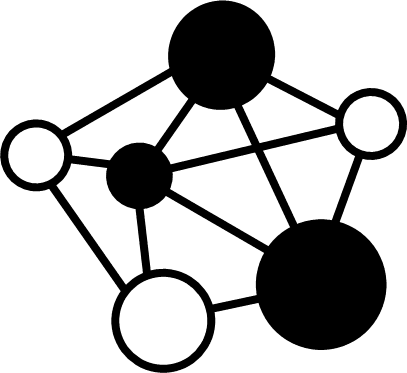| |||||||||||
 Food and agricultural systems requires considerable amounts of water and energy during its production, transportation and storage, before it is consumed in an urban area. However, even before the food has reached a plate, 50% of the food will have been wasted or spoiled (and creating additional problems in the form of wastes, GHG emissions and pollution). Food and agricultural systems requires considerable amounts of water and energy during its production, transportation and storage, before it is consumed in an urban area. However, even before the food has reached a plate, 50% of the food will have been wasted or spoiled (and creating additional problems in the form of wastes, GHG emissions and pollution).
According to the Food and Agriculture Organization of United Nations in 2018 , it was estimated that about 1.5 billion tonnes of global food was wasted or lost, which accounted for approximately one third of total food production. Wasting food means wasting water and energy, since producing, processing and consuming of food contribute to about 70% of total global water withdrawn and 30% global energy consumed. The CE components of food focusses on two aspects - food security, i.e. ensuring reliable access to a sufficient quantity of affordable, nutritious food; and food loss, i.e. food that is wasted during its both production and consumption cycles, including food production, processing transportation, sales and preparation stages. Current estimates of food loss/food waste point to almost 50% of all food prepared worldwide being unconsumed and resulting in significant resources, including energy, water, land, being waste - besides the food itself creating further waste that needs energy to dispose, and methane and CO2 emissions to contend with. Food policies in a circular economy need to focused on ensuring the security of food production and consumption systems, including reducing food waste. This would call for a revamped understanding of the sustainability dimensions of the food cycle.
Revamping the food cycle - agriculture production systems, distribution storage and sales ["farm-to-plate" startegies] lies at the core of improving food security. A circular economy would contribute to food security and reduction of food loss, by -
GDRC > Urban Environmental Management > The FEWW Nexus > Food |
| Return to the FEWW Nexus page Contact: Hari Srinivas - hsrinivas@gdrc.org |

